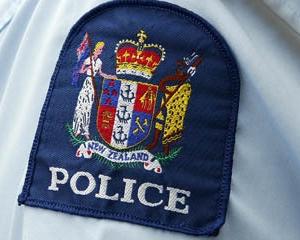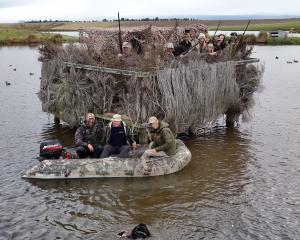Boats continue to run aground on the eastern side of Otago Harbour but the Otago Regional Council has decided it is not responsible for keeping the channels open.
The Otago Community Peninsula Board made a submission to the council earlier this year asking it to dredge the channel to make it safer for boat users but that has since been rejected.
Board member Chris Garey was surprised to learn the decision had been made several months ago.
"Oh, that is nice to know, through the media. I am less than impressed."
Council corporate services director Wayne Scott said the council had agreed to identify exactly where the channels were in the harbour and update navigation charts and GPS markers.
Mrs Garey said it was good the navigation markers were being updated, but more needed to be done to provide safe water access on the eastern side of the harbour.
"We will be pursuing it. It is an ongoing issue with the board and we will be revisiting it on a regular basis until there is some action.
"The Otago Regional Council do have a responsibility for safe navigation in the harbour."
Council chairman Stephen Woodhead said it was not the council's role to maintain a channel to that side of the harbour, although it had been involved in some small dredging projects in the past.
"Clearly, water moves up and down the harbour and when you have got channels like that, that go across the water flow, you are going to have some sedimentation from time to time.
"We don't see that it is our role so we are not contemplating doing any work," Mr Woodhead said.
Coastguard Dunedin president Lox Kellas said he had seen one launch and two yachts stuck near the cross-harbour channel in the MacAndrew Bay area so far this year.
"Once a year someone might just miss the corner and end up in the putty. Once you are stuck you are stuck, that's it. There is no point trying to tow someone off on an outgoing tide."
A displacement hulled vessel would sit there until the tide rose again but keelers would lean as the tide went out and could fill with water, he said.
Until about 50 years ago the Portobello to Port Chalmers ferry would simply keep the channel open with its large, slow-spinning propeller.
Mrs Garey said good water access was important when it came to connecting the bays on the eastern side of the harbour and also as a link to Port Chalmers. It was also the only means of emergency transport in the event of trees toppling on to the road in strong winds.












